Photo credits: The Los Angeles Daily News
The images and events from the first half of 1992 inside one of America’s largest cities will live on in infamy.
Four Los Angeles police officers were absolved of any misconduct in the arrest after being shown on camera punching an unarmed African American driver. Outrage and protest erupted into violence hours after the findings were released, resulting in the historic LA Riots. Protesters in south-central Los Angeles obstructed roads and destroyed vehicles. They wrecked and looted several downtown businesses and buildings. They also set over 100 fires.
On March 3, 1991, Rodney King, a scared and unarmed black motorist, led cops on a high-speed pursuit through the streets of Los Angeles County. King resisted arrest and was violently attacked to the extreme by police officers Laurence Powell, Theodore Briseno, and Timothy Wind. King was intoxicated, however. Unbeknownst to the authorities, a bystander with a personal video camera was documenting the arrest, and the 89-second footage shows the officers kicking and hitting King long after he had lost his ability to fight. The video provoked anger throughout the country and ignited a national discussion about police violence once it was made public.
Rodney King was freed without charges, but a grand jury in Los Angeles indicted Sergeant Stacey Koon, officers Powell, Wind, and Briseno in connection with the incident on March 15. Allegations of assault with a dangerous weapon and excessive use of force were leveled against all four. Despite the fact that Koon did not actively engage in the beating, he was charged with aiding and abetting since he was the commanding officer present at the time. Powell and Koon were also accused of fabricating reports.
The judge, Stanley Weisberg, was persuaded to shift the trial to Simi Valley in Ventura County over the outrage in Los Angeles surrounding the racially-charged incident of police brutality. The 12-person jury returned their findings on April 29, 1992: not guilty on all charges, with the exception of one assault accusation against Powell, which resulted in a hung jury. The acquittals sparked the LA riots, which turned into the biggest civil unrest in the United States in the twentieth century.
In south-central Los Angeles, violence erupted near the crossroads of Florence Boulevard and Normandie Avenue. Hundreds of automobiles were attacked by rioters, including Reginald Denny, a truck driver who was yanked out of his truck and almost murdered. A news helicopter flying above the neighborhood recorded the scene on camera.
Los Angeles police were slow to respond, and the violence spread across the city. California Governor Pete Wilson mobilized the National Guard and enforced a curfew at Mayor Tom Bradley’s request. By the morning, there were hundreds of fires roaring around the city, more than a dozen people had been killed, and hundreds more had been injured.
The chaos became worse over the next 24 hours when Korean shop owners in African-American neighborhoods defended their businesses with guns. President George W. Bush sent military troops and federal police with riot training to Los Angeles on May 1, and the city was under control by the end of the next day. Over 60 people were killed, over 2,000 were injured, 7,000 people were detained, and over $1 billion in property damage was caused, including the destruction of over 3,000 buildings.
Under federal law, the four officers might face criminal prosecution for violating Rodney King’s basic rights. A federal jury convicted Koon and Powell guilty of violating King’s rights by employing excessive force under the color of law on April 17, 1993. Despite the fact that Wind and Briseno were acquitted, the mixed verdict was seen as a victory by most civil rights campaigners.
On August 4, Koon and Powell were sentenced to two and a half years in prison. King drowned unintentionally in 2012 and died as a consequence.





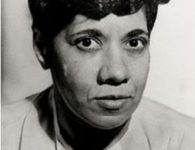
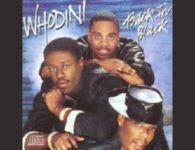


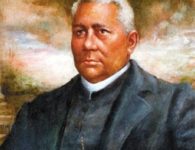

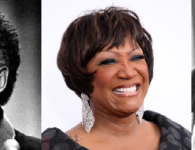

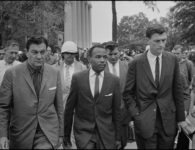
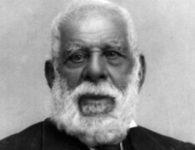
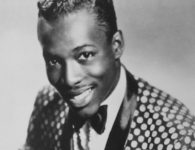
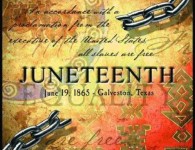
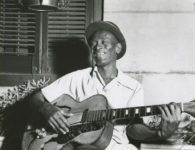
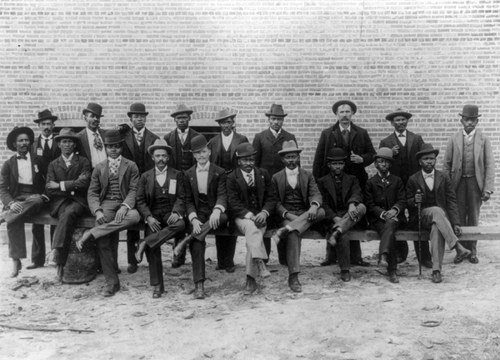

No comments